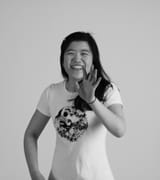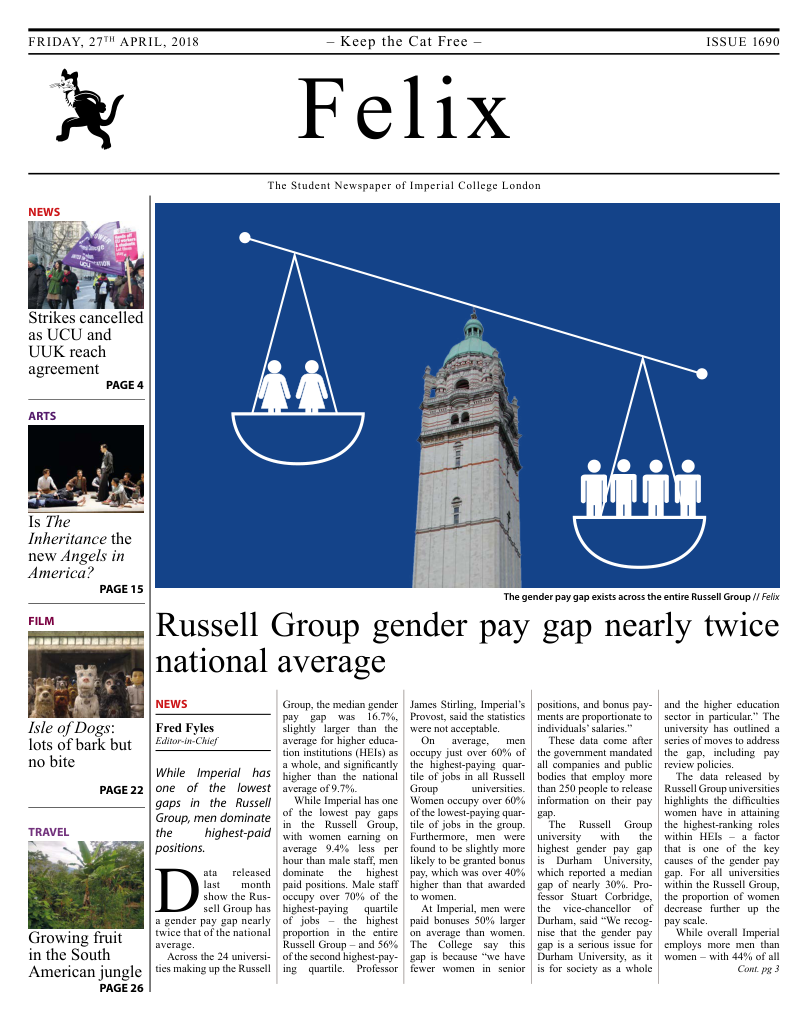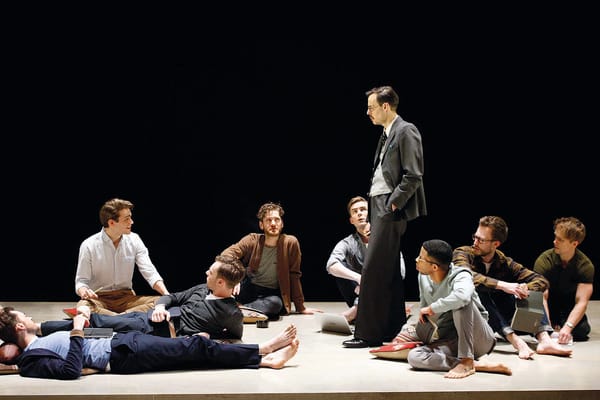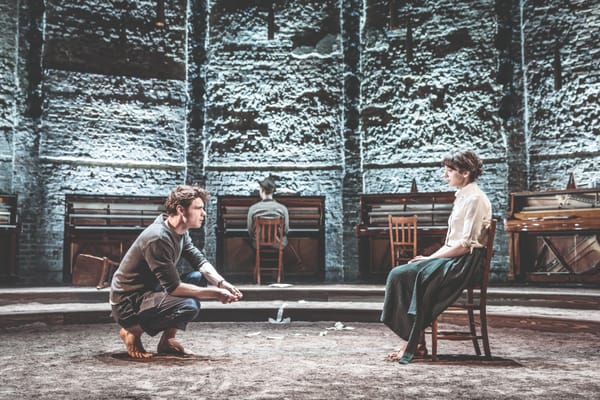Picasso 1932: the man’s pivotal year in paintings
The Tate Modern take us through one of the most important years of Picasso’s life, examining how he reacted to the world around him through his work.

How do you measure a year? In paintings, of course – at least for Picasso. 1932 was a pivotal year for Picasso in more ways than one. By this point in time he was a celebrated artist, but critics were beginning to speak of him in the past tense, rather than as a visionary of the future. Feeling increasingly restless, he had bought an 18th century mansion in the Norman countryside where he experimented with sculpture. He was also in a clandestine relationship with a twenty-two year old woman, while his marriage fell apart behind a sheen of bourgeois respectability. While all this was going on, he was getting ready for his first major retrospective in June.
Tate Modern’s exhibition Picasso 1932 measures this colourful year against the works he produced, providing us a glimpse into the various events that shaped the artist’s life in that year, and his responses to them. It is a detailed visual diary of how Picasso thought and felt during the year. Although it is unusual for an entire exhibition to be dedicated to the paintings done in a single year by one man, the tight narrative that the boundaries of a year necessitates makes the show more interesting. The stories that link the paintings of this year together become more personal, and we get a more intimate picture of who the man was. The exhibition is arranged chronologically, displaying works as they were made through the year. In January, with his impending retrospective in mind, Picasso produced a series of portrait paintings. These are all of a female figure seated in an armchair, reading, sleeping, or in apparent bliss after sex. Across these paintings and across the other works in the show, it is interesting to note his variations across themes – with the same female subject, Picasso moves from saturated colour harmonies to abstract linework, exploring emotions from the hysteria and pain in Beauty and Terror to the peaceful serenity of Rest.
The inspiration for most of these figures was Marie-Therese Walter, his twenty-two year old mistress. A good swimmer with an athletic figure, she would be a significant part of Picasso’s life that year, serving as his muse and model and injecting a new sensuality to his figures. In his chateau in Normandy, Picasso experimented with sculpture, transforming Walter’s strong features into solid volumes and bulbous shapes. These sculptures were captured for the first time and published at the end of 1932, and are shown here. Displayed next to his paintings, we can see the clear relationship between the two media, reflecting each other in their curves and strong lines.
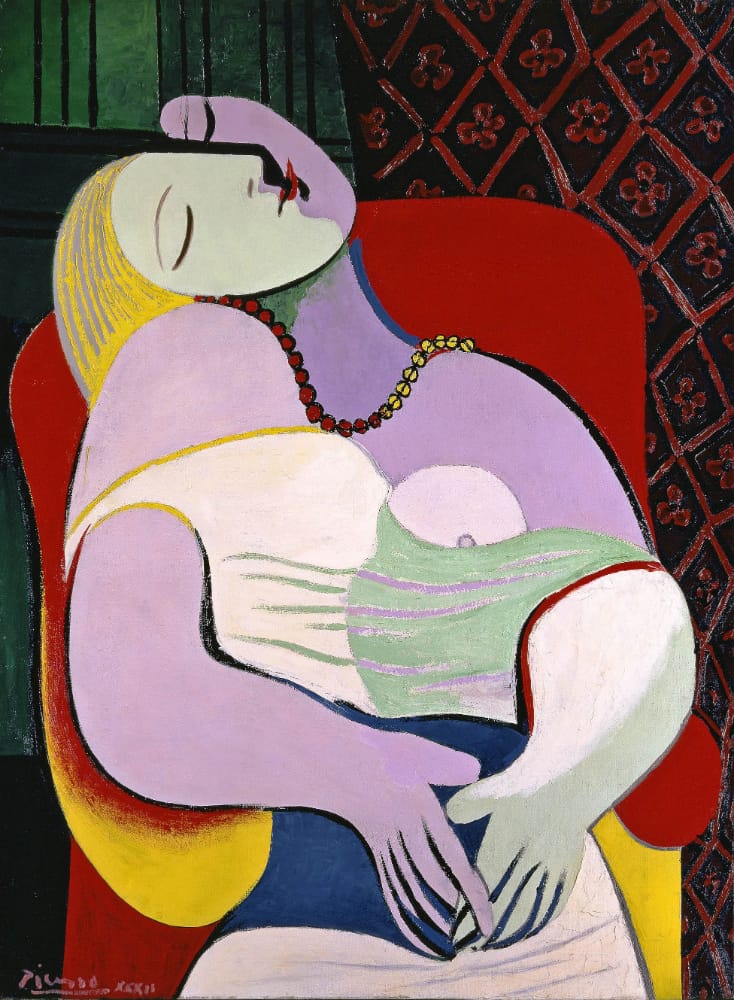
In March, Picasso painted a group of large canvases that experimented with rich colours and compositions. G_irl Before a Mirror_, for example, stands out for its use of strong, black lines and riotous colours, giving a sense that the painting can hardly contain the energy within. During this time, Picasso also flirted with surrealism, painting a series of horizontal images that looked like a nude or an octopus in varying degrees, depending on the perspective.
Perhaps the most preoccupying event on the year was Picasso’s retrospective in June, for which he had rejected offers from major galleries and festivals including The Museum of Modern Art and the Venice Biennale. He insisted on curating his own show, and chose to mix up works from different periods in a dense hang, without providing the dates of individual works. While the frequent appearance of Walter’s features suggested to the public that a new woman had entered Picasso’s life, there was also a group of paintings of his family that was displayed prominently in the show. Interestingly, these paintings were from his Blue period in the early 1900s, and were markedly different from this more contemporary, vibrant work, which also suggested their datedness.
After his retrospective, Picasso continued to experiment, painting a series of Reclining Nudes that explored the perspectives one can take with a body. He painted both the front and back on a nude on the same plane, fully expressing the curves of both breasts and buttocks. These variations, like the octopus-nudes and the women in armchairs, reinforce the experimental nature of Picasso’s paintings in this time, as each painting in the series pushes more boundaries in perspective, colours and representation.
It is incredible to see what can be produced in the space of one year, and this exhibition allows us to see the patterns in his paintings that recur throughout the year, as well as the incremental pushing of boundaries and the limits of how far a particular theme or composition can go. It offers a meaningful story that brings us through one of the most significant years in Picasso’s life – a story that is entertaining and enlightening, and definitely worth a visit.
4 Stars
Where? Tate Modern When? Until 9th September How Much? £22 adults; £5 for under-25s

